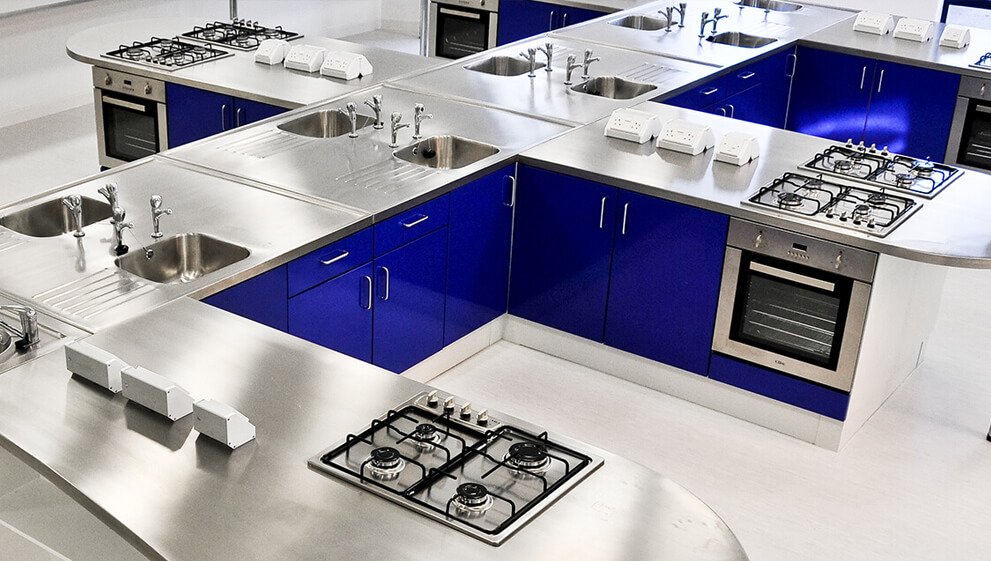At DSM, we often get asked why stainless steel is ‘stainless’, and how it differs from normal steel. Whilst that isn’t necessarily a straight forward question to answer, one of the chief ingredients that makes stainless steel different from standard steel is the chromium element that is added to it during the manufacturing process.
Chromium, which is element number 24 on the periodic table, was first discovered in Siberia in late 1790 by French chemist Louis Nicolas Vauquelin. The chromium was initially discovered inside a mixed ore called crocoite, which has the appearance of red coloured needles – the ore turned out to be a mixture of lead chromate and lead oxide.
It’s first uses however were not to produce stainless steel material, but for use as a paint pigment. It was found that by varying the concentration of lead oxide, the colour of the remaining lead chromate could be varied from a deep red to a bright yellow when the chromate was in its purest form.
One key feature of these new pigments was they did not dissolve in water, and made them suitable for a range of exterior applications from road markings, to the familiar and iconic yellow on US school buses.
It took almost another century before German scientist Hans Goldschmidt developed a process for producing carbon-free chromium called ‘Aluminothermic Reduction’ in 1895, that allowed the production of true stainless steels to became a possibility.
Further research was conducted by fellow Germans, Borchers and Monnartz in 1911 who established that increasing the chromium content added to the steel, increased its corrosion resistance properties. They determine that corrosion resistance was significantly increased when the chromium content was at least 10.5% of the total material composition. Borchers and Monnartz also went on to establish the benefit of including molybdenum into stainless steel to further enhance the corrosion resistance – number 42 of the periodic table, molybdenum is today a key element of 316-grade stainless steel when DSM use in its laboratory sinks and worktops for its resistance to acids and harsher chemicals.
It is, however, English scientist Harry Brearley who is considered the father of stainless steel. Bearley, who was born in Sheffield, England in 1871, was appointed to the prestigious position of lead researcher at Brown Firth Laboratories in 1908, and four years later set to task to work on developing a new material for the manufacture of gun barrels, that could withstand the rigours of outdoor exposure to the elements.
Six months later on 13th August 1913, Brearley discovered what many consider today to be the first true stainless steel – the result of mixing steel with a combination of 12.8% chromium and 0.24% carbon. At this concentration, the material would form a true passivating layer of chromium oxide on the surface of the material, as it instantly reacted on contact with oxygen in the air or in water, in exactly the way stainless steels work today. Today, Nickel is also added to stainless steel to increase its strength, resistance to impact, and enhance its resistance to corrosion – but that is for another article.
It is due to these important that stainless steel does not corrode under normal use, and why stainless steel items last such a long time. DSM use the highest quality material in our stainless steel worktops, which is why a DSM worktop will last a lifetime.
